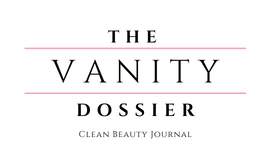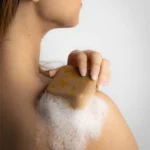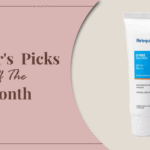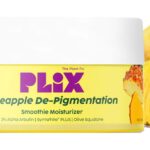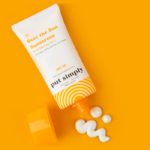
The discourse on green beauty is slowly spreading like wildfire – honestly, it’s abundantly spoken about in the growing conscious community. Lately, there is a rampant growth in the clean beauty industry – skin and planet-friendly ingredients, ditching of microbeads in beauty products, an adaptation of eco-friendly packaging, and a growing focus on recycling.
It’s time to reflect and take a hard look, if any of our action impacts the eco-system adversely – use of beauty products with plastic microbeads to single-use plastics – most of it ends up in the ocean and sea.
Blue Beauty is imperative – Let’s decode it!
Blue beauty is a sub-section of clean beauty that deep dives into the ocean ecosystem. To put it into perspective, it is all about limiting and reducing wastage, reducing its reach into the ocean, focusing on recycling, and protecting the oceans from chemicals often found in beauty products.
The data and statistics of plastic dumping in the ocean are alarming!
According to WWF, an equivalent of 8 million tonnes of plastic entering the ocean every year impact adversely the sea life. Of the plastic waste produced, only 9% of plastic waste is recycled and the remaining slides into landfills, dumps, and oceans. With over 80% of ocean debris ending in the ocean water, it impacts marine organisms. If not taken care of, plastics in the ocean might outweigh fish pound for pound.
How Beauty Industry Impacts The Ocean?
Little did we know how drastically the beauty industry affects the ocean and marine ecosystem. Every year, the beauty industry makes almost 100 billion cosmetic packages – ranging from bottles, jars, and single-use sachets. The majority of it is made from plastic that cannot be recycled. Even eco-friendly seeming packaging is known to contain plastics in the form of tapes or adhesives.
Also, a lot of beauty formulations consist of microplastics that run down the drain and ultimately make their way into the oceans. This is how the beauty industry affects our ocean ecosystem threatening marine life. Chemicals, especially oxybenzone, and octinoxate, found in sunscreen contribute to coral bleaching.
The Emergence of Blue Beauty – Silver Lining in the Chaos
The perils of plastics in the ocean are threatening to the ecosystem, but all is not gloomy. This is where BLUE BEAUTY comes to the rescue. It’s a sub-section of clean or green beauty but dominantly focuses on the well-being of the marine ecosystem. Read the label properly and do not purchase beauty products that consist of any non-biodegradable ingredient.
Here’s how to be part of Blue Beauty:
Check for ingredient sourcing for products
This is where checking for ingredient transparency becomes very important. One way to support Blue Beauty is to only use clean beauty products. This means complete no-to-toxic chemicals, parabens, sulfates, and little nasties like microplastics.
Shop from Ruby’s Organics – A brand that focuses on using clean ingredients
Support brands that focus on recycling
Some brands use plastic collected during ocean cleanups and recycle the plastic to make product packaging. Ocean-bound plastic (OBP) is plastic collected within 30 miles of coastlines and Ocean-waste plastic (OWP) is plastic that’s already made deeper into the sea. Recycling plastic from the ocean or sea is one of the best ways to clean up the existing mess.
Alternatively, some brands have partnered with NGOs or organizations for recycling. Find brands that have a recycling program as it will help in reducing plastic waste. Also, check for philanthropic brands that have partnered with organizations that are dedicated to preserving marine life, beach cleanups, and working on achieving sustainability goals.
Shop Vilvah – A brand that focuses on zero packaging waste
Shop only sustainable brands
The blue brands are the ones that make a huge impact and reduce the carbon footprint from penetrating the ocean. Here are a few things to look at in a brand before making a purchase:
- Always read ingredients to ensure it only uses environmentally friendly ones.
- Go for brands that use recyclable materials in packaging
- Find brands that use zero-waste production methods
Shop Conscious Chemist – A brand that focuses on sustainability
By being mindful of the consumption of single-use plastic and supporting brands that focus on Blue Beauty, you can play your part in conserving the marine environment.
